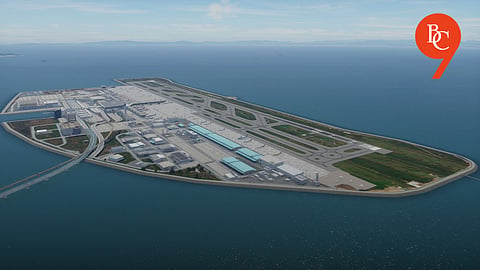

The Maharashtra government has announced plans to build India’s first offshore airport near the upcoming Vadhavan Port, north of Mumbai. This ambitious project will not only be the nation’s first airport constructed on reclaimed land off the coast, but also serve as Mumbai’s third major airport, following Chhatrapati Shivaji Maharaj International Airport and the soon-to-be-operational Navi Mumbai International Airport.
The proposed offshore airport is strategically located near Vadhavan Port in the Palghar district, approximately 100 km north of Mumbai. This location is set to serve the rapidly growing northern suburbs of Mumbai, the industrial belt of Palghar, and the massive logistics and cargo hub that Vadhavan Port is expected to become.
The airport will be seamlessly integrated with the port, rail, and road networks, creating a world-class logistics and transport hub. With Mumbai’s existing airport nearing capacity and Navi Mumbai International Airport expected to be saturated within a decade of opening, the new offshore airport will provide much-needed relief and future-proof the region’s aviation needs.
The airport is expected to attract investment, generate thousands of jobs, and spur development in the Palghar region.
The offshore airport will be built on reclaimed land, using advanced engineering techniques similar to those used for airports in Hong Kong and Japan. The project is designed to withstand coastal weather conditions and rising sea levels, with robust environmental safeguards in place.
The Maharashtra government, in collaboration with the Airports Authority of India (AAI) and the Jawaharlal Nehru Port Authority, has initiated feasibility studies and environmental impact assessments. The project is expected to be developed in phases, with the first phase targeted for completion by 2032, aligning with the operational timeline of Vadhavan Port.
The government has assured that the airport’s design will prioritize minimal ecological impact, with extensive mangrove conservation and compensation measures. Local communities will be engaged throughout the planning process, with promises of employment and infrastructure upgrades.
